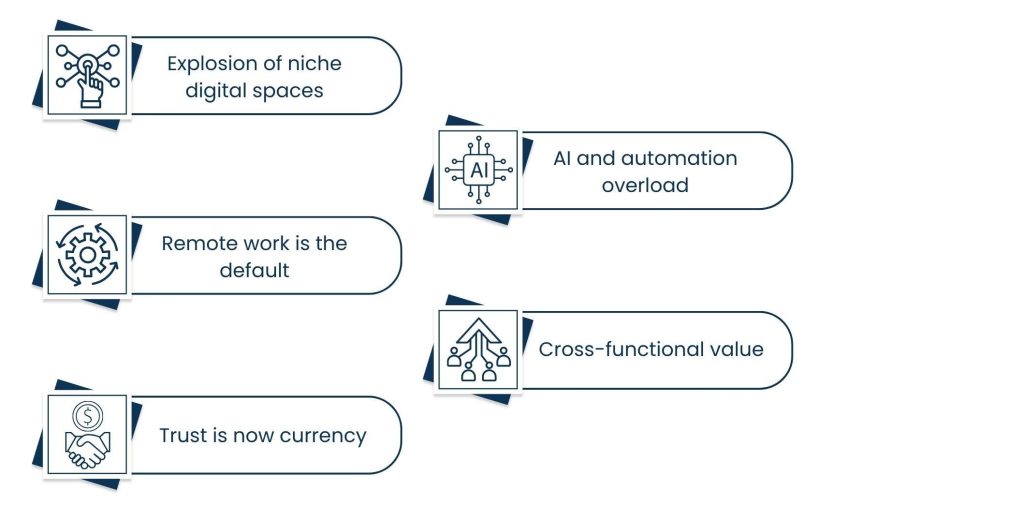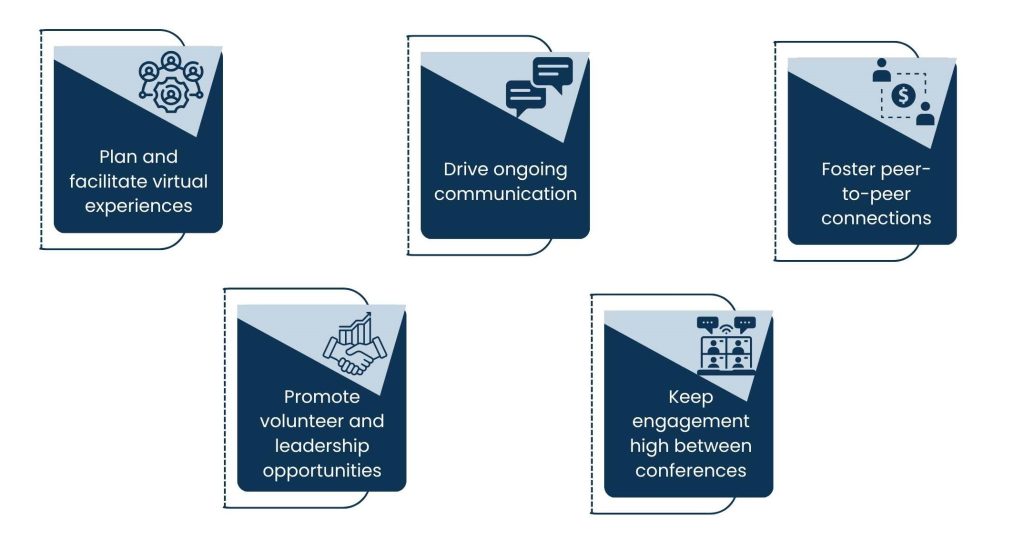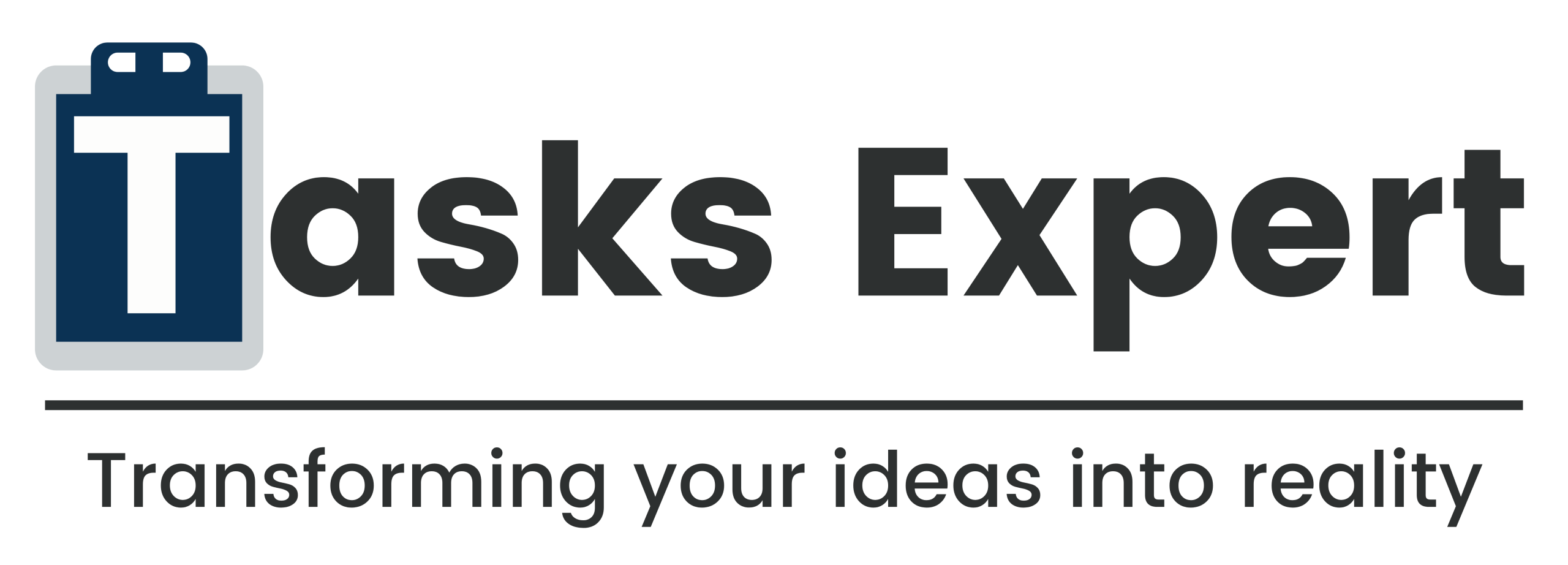Introduction
Community Engagement Manager is not just a job title; it’s a mission-critical role in 2025. The ability to build authentic connections in digital spaces has never been more important, with brands and tech platforms.
No matter if you run a rapidly growing SaaS platform, a small non-profit, or a global community forum. You want a manager for digital communities in place to keep your audience engaged, loyal, and growing.
So, what is it that User Engagement Specialists do? They are the pulse of your digital habitat; they bring in new inhabitants, sustain conversations, collect feedback, and spur continued interest. They activate passive users by facilitating virtual meet-ups, polls, or Q&A sessions.
As we continue to evolve the remote and decentralized trends, the community relations lead manager role is now the norm. This role, whether you serve tech users, niche interest groups, or member-led associations, is essential in retention, advocacy, and establishing trust.
What it means is that, regardless of industry, a talented Community Engagement Manager is your voice in the crowd. And also your most powerful tool for digital growth in 2025.
What is the Community Engagement Manager doing, anyway?
In the digital ecosystem of 2025 that ranges across platforms and time zones, this position has never been more central and strategic.
But what do these managers do? At heart, they create belonging. They ensure everyone is seen and valued, be it a member’s very first day in the community or their hundredth.

Core Responsibilities Include:
- Welcoming and onboarding new members: The Community Engagement Manager develops seamless onboarding flows, welcome messages, or a starter guide that helps new members feel comfortable.
- Conversations and moderating discussions: They dictate the tone and pace of conversations, defuse disputes before they boil over. That is even more true in large or delicate arenas, like tech or nonprofits.
- Gathering and relaying feedback internally: They serve as a conduit connecting members with internal teams, regularly bringing up product pain points, content asks, or engagement trends on the fly.
- Launching events and campaigns: From AMAs and workshops, to challenges and giveaways, they host activities that make the community pulse, either within the online or hybrid space.
- Articles, newsletters, and forum comments: Good periodic communication is what keeps members engaged and in the loop. The content could be new product information, an event wrap up or a motivational highlight.
- Collaborating with internal teams: You face media, product, and support teams to get messaging in sync, solve user issues, and work at the strategy level.
Today, this role often encompasses several platforms: social media, private groups, member portals, Slack, Discord, or community platforms like Circle and Discourse. A community relations expert needs to be able to pivot on a dime here and moderate tone, video content, and features across all of these channels.
More and more organizations are also recruiting for remote managers, providing 24/7 global coverage and bringing cultural sensitivity and scalable engagement to dispersed audiences.
In the tech world, at a nonprofit or within a trade association, a sharp User Engagement Manager is part moderator, part strategist, part cheerleader, and always key. Their value is counted in loyalty, trust, and civic health.
Also Read: Power of Quantitative Market Research
Relevance: Why the role is expanding in 2025
The position of Community Engagement Manager has expanded a lot more than being just a moderator of forums or occasionally answering comments. As the online landscape continues to change and people grow increasingly selective with whom and where they spend time, the demand is higher than ever for genuine community leadership.
So, what does a Community Engagement Manager look like now? They don’t just manage, they construct ecosystems of trust, collaboration, and mutual value. And the significance of this role is only growing for a few important reasons.

Trends Driving the Role in 2025:
1. Explosion of niche digital spaces
Now, from dedicated industry Slack channels to invite-only Discord channels and community-steered platforms such as Circle, groups are moving into spaces that are based on focused value. These micro-communities require careful management and thoughtful growth strategies, which is where the manager for digital communities enters.
2. Remote work is the default
The distributed team and the global users of the AMP project have made the remote Community Engagement Manager role the norm. “Now managers need to build rapport across geographies, languages, and time zones, asynchronously, with culturally aware communication.”
3. Trust is now currency
Ads and corporate sentiments are suspect to consumers. They’re more likely to put trust in peers, user reviews, and authentic conversations. A user engagement manager at a tech community or member-based organization needs to cultivate spaces where that trust can flourish—and be measured in terms of retention, referrals, and sentiment.
4. AI and automation overload
As the internet fills with content automation and AI-generated messaging, consumers come to the digital community to connect with the real thing. And the demand for empathy, personality, as well as real-time response, has never been greater. Brands that leverage actual human beings to interact with their users, instead of bots, will be more noticeable right away.
5. Cross-functional value
Community Engagement Manager for associations, nonprofits, and SaaS companies carries the voice of the community to product teams, supplies marketing insights, and contributes to member engagement efforts, all from one visible role.
With users getting smarter, brands need to stop viewing community engagement as an afterthought. In 2025, Community Engagement Manager isn’t a “nice to have”; they’re one of your most strategic hires.
Digital Communities Community Engagement Manager
As more and more brands create online hubs to serve, support, and capture the attention of their audiences, the manager for digital communities has quickly become the new, distinct role that many companies create to support long-term success. Whether that’s in a Facebook group, in a Discord server, in a private membership portal, or inside a branded forum — these spaces need thoughtful, consistent, steady management, and that’s where this role shines.
But what does a Community Engagement Manager look like in a digital-first context? They prevent the space from merely existing; it flourishes. With the right tone and meaningful conversations, their work transforms a static platform into a living community.

Key Responsibilities in Digital Communities:
- Set and uphold community guidelines: They set the values, rules, and tone of the space and help issue flags to make sure the space remains respectful and welcoming.
- Spark engagement among members: So, passive members are encouraged to participate by poll posting, conversation starters, discussion prompts, and challenges.
- Moderate conversations and resolve conflicts: These managers are trained to reduce tension, manage policy breaches, and ensure that discussions are productive.
- Track key metrics: From engagement rates and active user numbers to sentiment analysis, they wield analytics to refine content strategy and report on community health.
- Align with business goals: For brands that depend on product feedback loops or support communities, the tech community Community Engagement Manager is often the person in the middle, funneling insights back to product or customer success teams.
All that is not guaranteed is visibility or participation in digital realms. In fact, without a talented community relations manager, even a beautifully deployed platform will fall silent. Without them, there is no lifeblood to the community; they add shape and mission to the community, matching freedom and brand purpose.
Plus, by 2025, the majority of such positions will be remote. The Community Engagement Manager position is the perfect fit for digital communities that defy time zones and borders. These managers are using async tools, scheduling platforms, and regional content to be everywhere all the time while staying culturally sensitive.
Regardless of whether it’s a niche customer forum, creator-led subscription-based community, or broad tech ecosystem, the manager for digital communities is the one to make sure the users feel connected, valued, and heard, turning the platform from, well, a channel into a community.
The Community Engagement Manager, Tech Communities
As technology firms embrace product-led and community-driven growth models, the importance of the Community Engagement Manager for tech communities cannot be understated when it comes to retaining, educating, and collecting user feedback. From early-stage startups to enterprise SaaS companies and open-source ecosystems, it’s no longer a “support channel,” but a “growth engine.”
So, what does a user relations manager look like in tech? They are the flesh and blood that link product teams to the outside world, that transform product launches into conversations and documentation into collaborative experiences, that make technical forums come to life with insight and activism.

Key Responsibilities in Tech Communities:
- Developer onboarding and support: Get new users up and running fast with welcome guides, walkthroughs, and easy access to support articles.
- Run interactive experiences: Host real-time events like webinars with product managers and demos that require current queries from your user base.
- Moderately control product forums and feedback loops: You’ve got GitHub issues, Reddit threads, Discord servers, and your community platform, and the Community Engagement Manager makes sure you have quick responses, respectful conversations, and actionable insights.
- Programs for beta testers and ambassadors: Enable your most dedicated users to test new features ahead of time, share their insights, and grow into influential advocates within the community.
- Develop or power user content: Build content for developers or power users. Think tutorials, API guides, product updates, and behind-the-scenes, often in partnership with developed SEO content creation or onsite teams.
Why This Role Matters in Tech:
Tech users are loud and opinionated. They crave transparency, real-time updates, and discussion, both with the product team and among themselves. It’s the tech community’s manager who transforms casual members into brand champions.
This is especially true in API-first, SaaS, or OSS companies whose open communities are playing a large role in shaping the product roadmap, usage, and adoption.
This need is being met more and more by employers through the role of user engagement manager working remotely, hiring talent in multiple time zones to deliver availability on a global scale, tailored messaging, and 24/7 support.
In 2025, robust tech communities don’t just flourish on code — they thrive on connection. The right Community Engagement Manager is a trusted voice that keeps users engaged, heard, and returning.
Also Read: Customer Experience Optimization
The Associations Community Engagement Manager
By 2025, member-based organizations, nonprofits and professional societies, trade associations, and unions will have moved into a digital-first world. The in-person event is an occasional touchpoint, not the mainstay of engagement. That change has made the user engagement manager for associations more of a staple than a luxury.
So, what is a Community Engagement Manager in an association? They make sure membership is not transactional; it’s experiential. Rather than static newsletters and once-a-year conferences, they are cultivating dynamic relationships throughout the year (relationship gardening) that respond to members’ wants, helping them feel seen, heard, and connected.

Core Responsibilities for Associations:
1. Plan and facilitate virtual experiences:
From monthly webinars to peer-led roundtables and digital networking events, they keep members engaged wherever they are.
2. Drive ongoing communication:
They produce member newsletters and welcome emails, and spotlight posts that ensure that the group stays visible and remind members why it’s worth it to belong.
3. Foster peer-to-peer connections:
Engage topics, discount programs, which promote engagement with the exchange using theme-based discussion topics and interest-based sub-groups.
4. Promote volunteer and leadership opportunities:
Help members discover ways they can actively contribute to the community, such as by speaking or writing.
5. Keep engagement high between conferences:
Many relationships fall silent between annual meetings. The manager for associations ensures people keep coming with polls, recognition programs, and content series.
This responsibility is even more important as associations grow their digital presence. Whether housed in a private portal, a Slack group, or in a learning management system, the manager sees to it that the online community is engaged, respectful, and in harmony with the association’s mission.
The move to virtual membership complements the developing remote nature of the Community Engagement Manager position. Now, associations can employ experts from anywhere in the world to offer different perspectives on the best ways to engage members of various cultures, career fields, and time zones.
Paired with intelligence from tools, such as an engagement dashboard or community analytics, these managers can refine strategies to keep members around longer and offer more personalized value.
At the end of the day, the association’s Community Engagement Manager is the member’s voice, the person who listens, the person who hears, the person who knits, and knits and knits the organization together. This position serves as a gateway to the current dynamics of a network that was once a static database but is now a community that grows through purpose and participation.
Why Brands Are Hiring Remote Community Engagement Managers?
The rise of digital-first models and global user bases has reshaped the way companies create and engage with their communities. In this landscape, the decentralised Community Engagement Manager has not only become the sensible choice but the preference. In 2025, brands are no longer hunting for a human as a seatwarmer in their HQ, watching reactions. They want community leaders capable of running conversations, campaigns, and culture from anywhere around the planet.
Remote-first by nature, the digital native approach matches more closely how digital communities work. Services like Slack, Discord, and Circle, or tools like Discourse, do not operate on the 9-to-5 hours of an office; they are always online. By hiring a remote Manager, companies get 24/7 exposure and service, regardless of the time zone their members happen to live in.

Key Advantages of Remote Hiring:
- 24/7 service, in multiple time zones, for a global audience.
- Global talent networks and cultural sensitivity.
- Hiring the most efficient: skill, not location.
- More timely response to immediate issues and opportunities.
Utilization of cloud-based community management platforms, i.e., Circle, Slack, Notion, in which collaboration makes management easy and quicker scale of management.
Remote community managers are also part of digital culture. They “get” online conduct, content structures, site etiquette, and nuances of tone across community sites. If you’re a tech community or a brand’s ambassador group, or a member-led association, there is no peer to the speed of their agility.
Also, the brands can now scale community operations unhindered by geography. It could be a Community Engagement Manager who watches time zones and contoured flow on how remote members work together for all-time engagement and support.
If the person in the remote manager role has strong qualities to manage conversations across platforms, they can be just as impactful as someone working from a traditional office.
In short, remote isn’t a compromise. For community teams in 2025, it’s the standard.
Conclusion
In 2025, the Community Engagement Manager is not a support role; it is the strategic engine of growth, trust, and loyalty. Firmly implanted within tech companies, within nonprofit associations, and within today’s online creator ecosystems, this role is critical for making digital spaces lively, human, and conducive to meeting brand goals.
They also cultivate relationships, oversee conversations, gather user feedback, and make sure that the communities are not simply active, but also a place where users want to return regularly. Whether they’re running a distributed role, hosting a developer forum, or overseeing a digital hub for association members, they’re building every single user touchpoint with empathy and foresight.
The more digital platforms and more automation, the more the human touch becomes a distinguishing factor. Brands that invest in roles for digital communities, tech spaces, and associations have a permanent competitive advantage in terms of retention, loyalty, and community-led growth.
User Engagement Manager is no longer optional; it’s mission-critical. The organizations that do see this are the ones building more than an audience; they’re building ecosystems. And that’s where engagement future lives.
About Us
Tasks Expert offers top-tier virtual assistant services from highly skilled professionals based in India. Our VAs handle a wide range of tasks, from part time personal assistant to specialized services like remote it support services, professional bookkeeping service etc. Furthermore, it helps businesses worldwide streamline operations and boost productivity.
Ready to elevate your business? Book a Call and let Tasks Expert take care of the rest.









